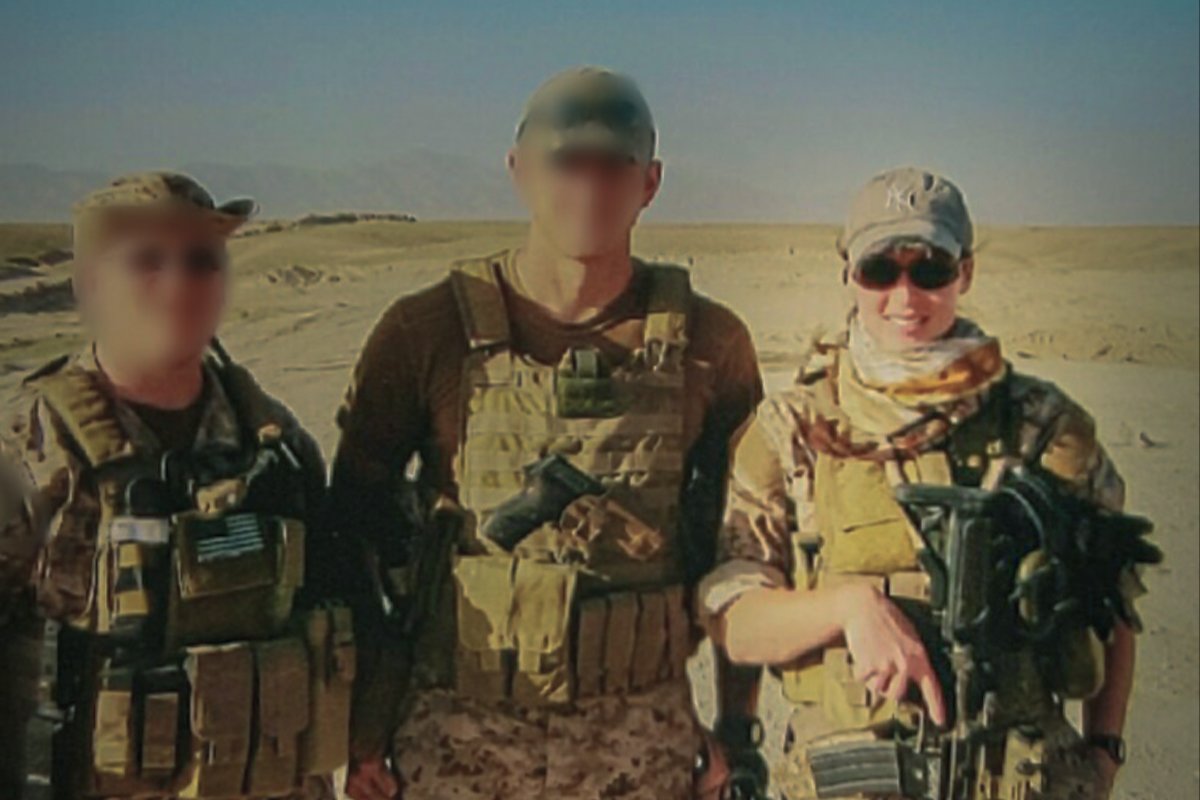
Shannon Kent on a deployment while assigned to a special missions unit. Photo courtesy of Joe Kent.
Manbij wasn’t necessarily safe so much as it was stable. Or maybe just quiet … for the time being. Kurdish forces backed by the American military successfully drove out the Islamic State in 2016, with a relative calm following. The small northern city of approximately 300,000 would go on to be cited as the model for what Syria could look like post-ISIS, despite being at the crossroads of international tensions between Syria, Turkey, Russia, and the United States.
Although the radical Islamic militants no longer held the city, there was still much work to be done in order to kill or capture the remaining cells that threatened the city (and region). That work was, and is, largely being accomplished by special operators who have spent the better part of two decades hunting humans — and have nearly perfected the craft since the Global War on Terrorism began in 2001.

The main drag in Manbij was bustling with people on a chilly Wednesday afternoon last January. Shannon Kent, an athletic, red-haired US Navy cryptologist and mother of two, was moving down the street alongside her teammates Scotty, Jon, and Ghadir. They weren’t in uniform (they rarely were in this line of work), but her black North Face hiking pants and dark-purple jacket would serve as suitable attire for the day’s mission: scouting out a location to do a source meet, among other things.
Kent’s kind eyes and friendly demeanor aren’t exactly what the average person thinks of when asked to describe a seasoned special operator hunting down ISIS though. And maybe that’s an advantage when assigned to the most secret, oft-rumored unit in the shadowy Joint Special Operations Command. She was used to working alone or in small teams, almost always clandestinely, but sometimes covertly and under cover. And she was damn good at her job.
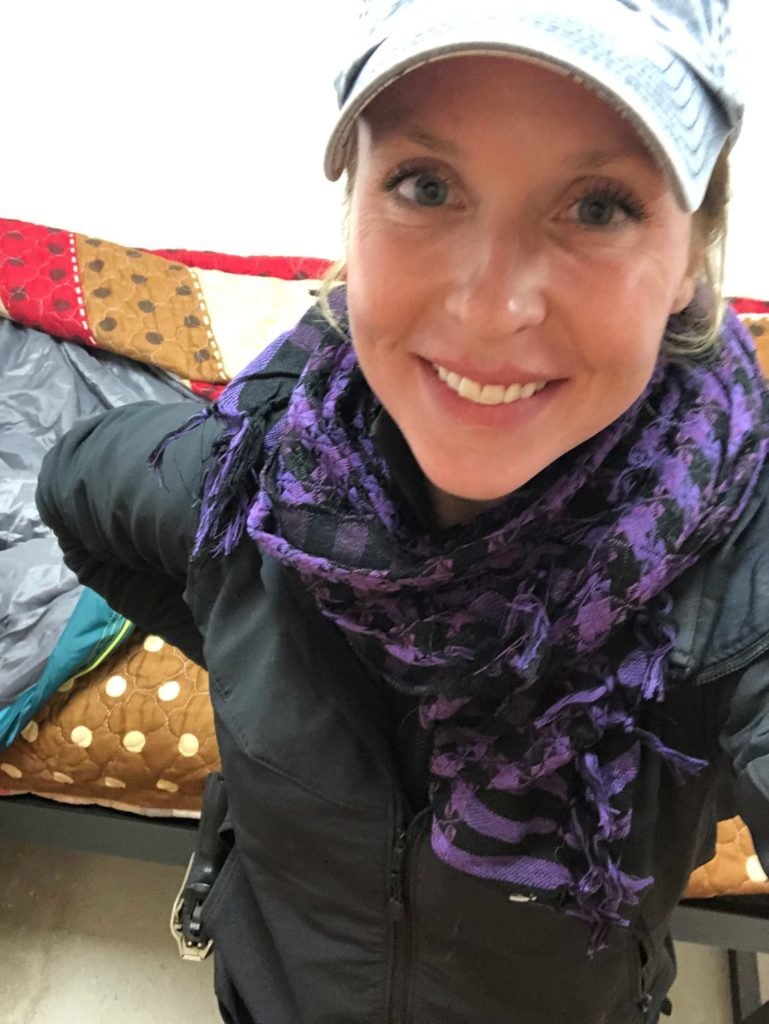
Kent’s team wasn’t on a routine patrol that day, as the Department of Defense later claimed. And they weren’t out for a leisurely lunch at a popular kebab restaurant frequented by Americans, as many news outlets reported. Kent was responsible for finding ISIS cells and their leaders, fixing their location in time and space, and then providing that intelligence to her peers at Delta Force and SEAL Team 6 or to pilots who would perform kinetic strikes with GPS-guided missiles.
“This wasn’t the ‘going out to lunch’ crowd,” said her husband, Joe Kent, also a former special operator.
Without warning, a blast tore through the nearby restaurant they were passing. Shannon Kent was only a few feet away. Video footage would later show a man with a suicide vest walk into the restaurant moments earlier.
Local Kurds evacuated Kent to a nearby hospital, where an American helicopter retrieved her. Senior Chief Petty Officer Shannon Kent was killed in action on Jan. 16, 2019, alongside Special Forces Chief Warrant Officer 2 Jonathan R. Farmer, former Navy SEAL Scott A. Wirtz, and Ghadir Taher, an American working as a civilian interpreter. Eleven Syrian nationals also died in the attack.
ISIS claimed responsibility.
Many stories tell a tale of the underdog who goes on to accomplish great things against all odds. This isn’t that story, and that’s not Shannon Kent.
Born in Oswego, New York, but raised in Pine Plains by her parents Stephen and Mary Smith, her youth was spent playing volleyball, running track, and riding horses. In fact, her talent for language started on the polo field: she learned Spanish so that she could converse with the stable hands.
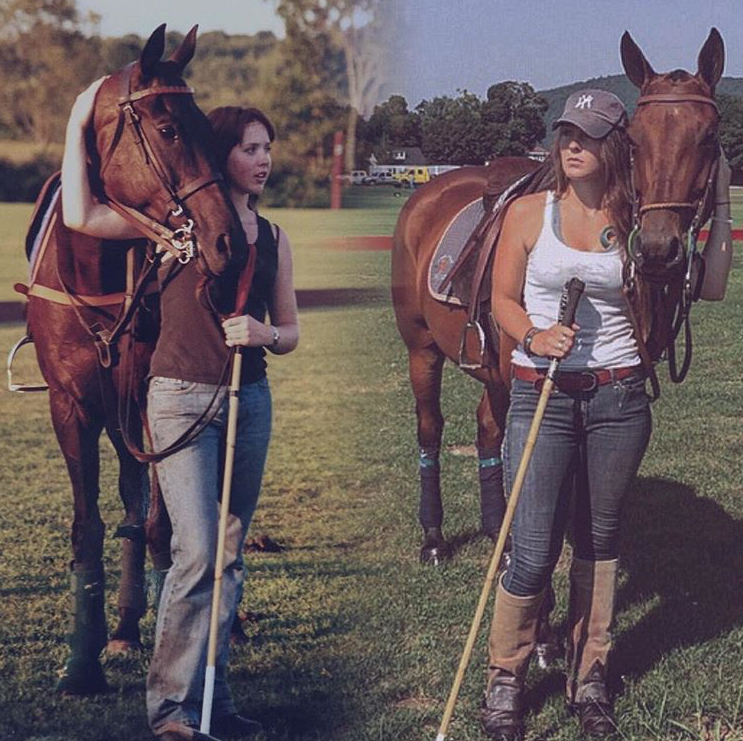
Mariah Smith, her younger sister, followed her footsteps into equestrianism, with Shannon often training and acting as her mentor. “Since I was 5, she was always out riding with me, showing me new things.”
Kent never lost her passion for horses, and she and Mariah often talked about opening a ranch someday that would offer equestrian therapy for veterans with post-traumatic stress disorder and children with emotional and developmental issues.
Smith spoke about how she would have “20,000 goals at the same time” and accomplish all of them. “She had that drive and tenacity with everything she did. Literally anything she put her mind to, she’d get that shit done. No matter what it was.”
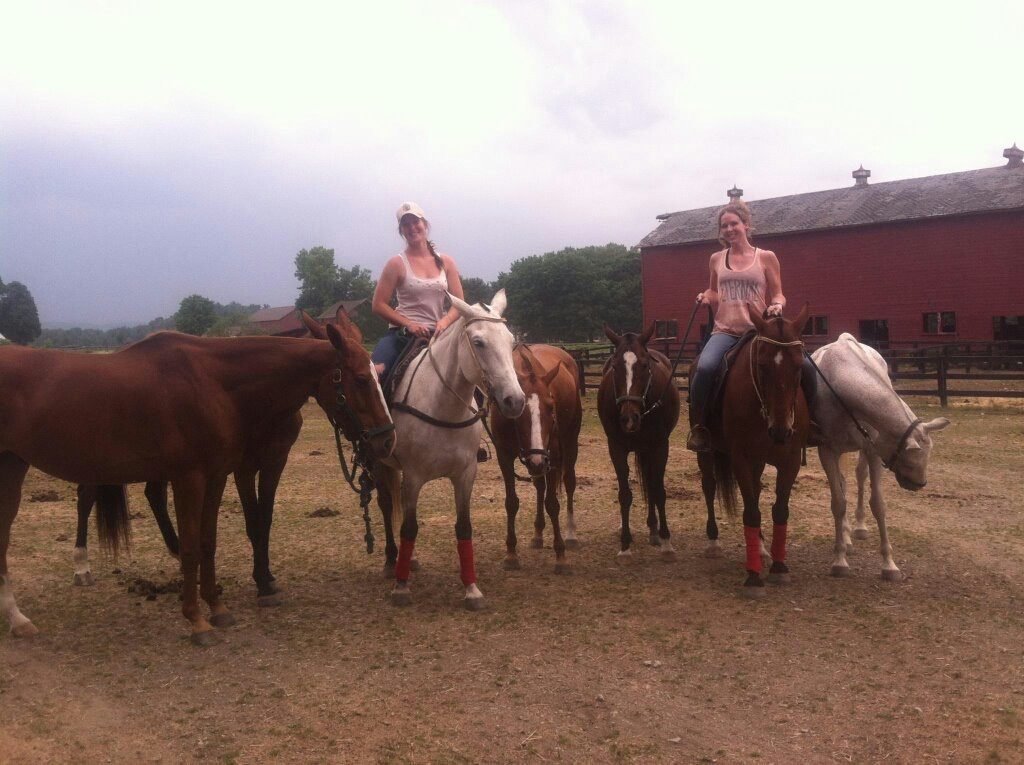
Indeed, Kent established herself as an overachiever both academically and athletically in all aspects of her life, and it was clear to anyone who met her that she would go on to do great things.
“She was raised in a family of badasses,” Smith continued. Her father was a New York state policeman who would go on to be the third-highest ranked officer in the state, and her uncle was a firefighter in New York City. Both were first responders on 9/11, something that propelled Kent toward military service. Her brother is in the US Marine Corps.
Her family has a tradition of selfless service, and to say that they are all talented in their respective fields would be a gross understatement. Smith recalled Navy and US Air Force recruiters coming by the house as early as Kent’s senior year of high school.
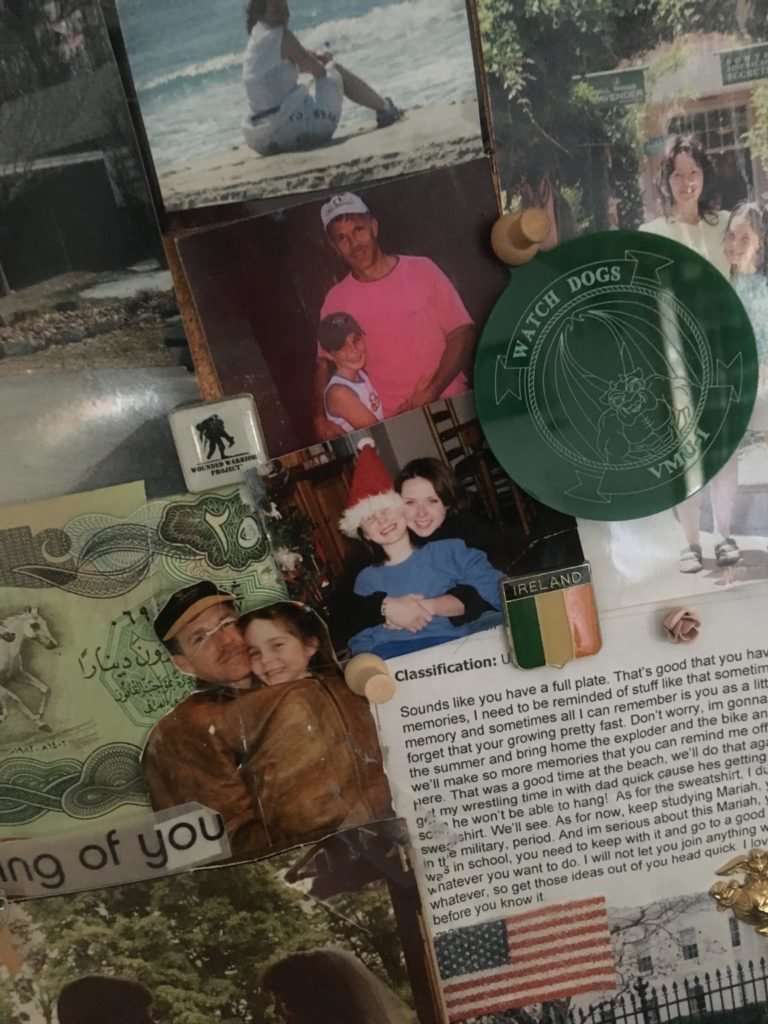
Kent graduated from Stissing Mountain Junior/Senior High School in 2001 and gave college a try at her mother’s request. To no one’s surprise, that didn’t last long. By 2003, she was talking to a Navy recruiter about how she could best leverage her talent for language in the service.
According to the US Navy, cryptologic warfare “encompasses signals intelligence (SIGINT), cyberspace operations, and electronic warfare (EW) operations in order to deliver effects through sea, air, land, space, and cyber domains at all levels of war.” For some sailors in the career field, that means sitting behind a desk in a room with no windows and no cell phones allowed, decrypting secret communications or translating documents written in a foreign language.
Although Kent was perfectly capable of performing that aspect of the job, she found herself in a more “hands on” niche. She was technically proficient in the tools of the trade, but also spoke seven languages fluently and was tactically capable. Maybe most important, she was seemingly fearless.
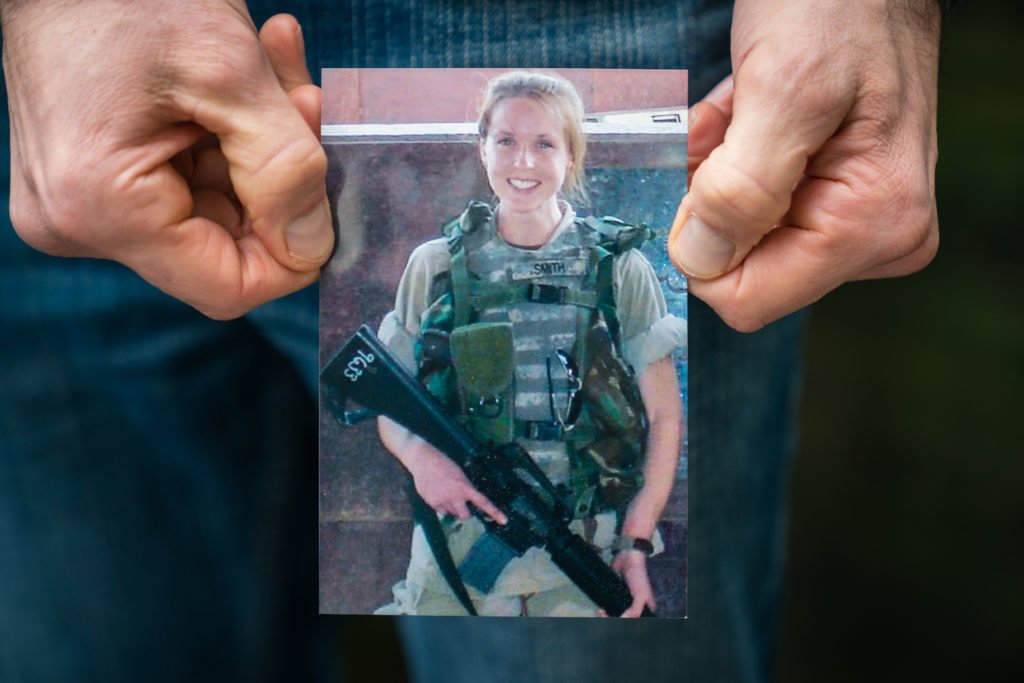
After joining the Navy in December 2003 and completing approximately two years of training to become qualified as a cryptologic technician, Kent volunteered as a Navy individual augmentee (IA) to Iraq. Because of her specialized skill set, she soon found herself assigned to a special operations task force in Balad, Iraq, working to find high value targets (HVTs). That wasn’t enough though. According to Joe Kent, “She wanted to get her boots on the ground and get her hands dirty.”
She was tasked out to Baghdad toward the end of her first deployment, where she worked with a small, secretive unit of Iraqi intelligence operatives who, according to Relentless Strike: The Secret History of Joint Special Operations Command by Sean Naylor, worked directly with US special operators to go where most Americans couldn’t to perform human intelligence gathering missions and close-target reconnaissance. They were called “The Mohawks.” The job was dangerous, and those who were caught faced torture, death, and being dumped in the streets.
This is where the legend surrounding Kent began. It was 2007, and very few special operations personnel were willing or able to go speak to Iraqis out in the city in a low-visibility capacity. So Kent taught herself human intelligence techniques and, already fluent in the language, would go out and develop targets for the task force. Like most of Kent’s career, much of her work with the Mohawks was and is classified — and it likely won’t see the light of day for at least 13 more years. But the citation for her Joint Service Commendation Medal received on that deployment notes that she “contributed directly to the capture of hundreds of enemy insurgents and severely degraded enemy combat capability.”
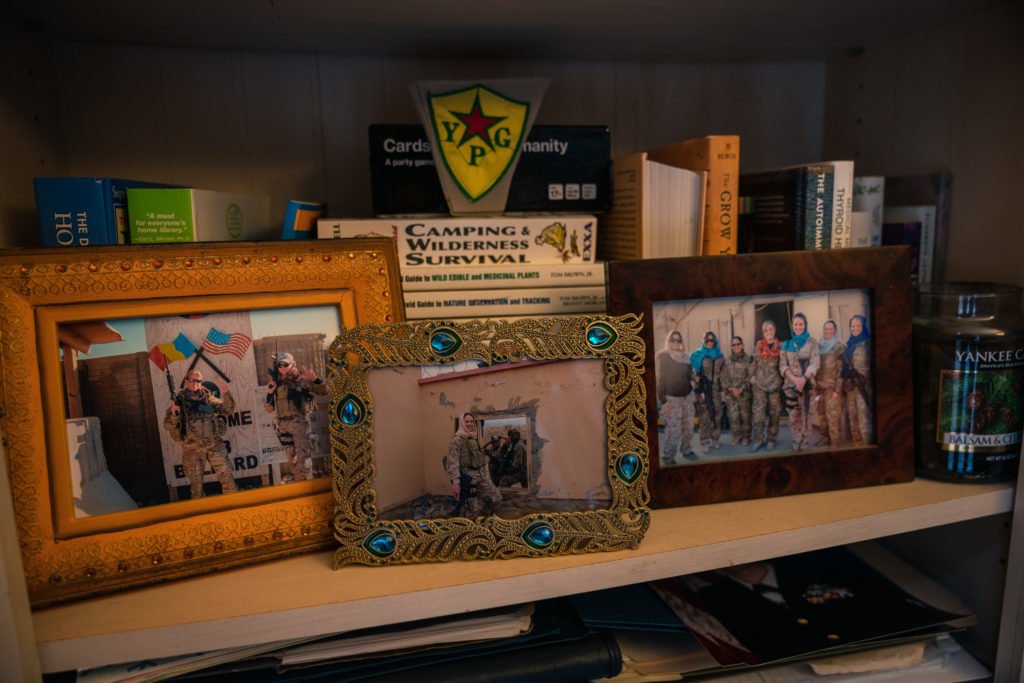
Ali Hassoon, a Baghdad native who was working with Iraqi special operations at the time, began hearing other Iraqis talk about an American woman with red hair. “Every person I talked to from both Iraqi and American sides, was like, ‘Have you met Shannon?’” he said.
As her reputation grew, she started going out on raids with American special operators. Having a female on target for a high-level HVT raid was almost unheard of at the time, but she played a pivotal role by conducting on-target interrogations that led to follow-on targets. It’s not an understatement to say that the JSOC task force in-country at the time was more effective (and deadly) because of her efforts, and her performance directly led to initiatives that resulted in a broader implementation of females in Special Operations Forces (SOF) for years to come.
Unbeknownst to Kent, this is also where she met her future husband, Joe Kent, for the first time. Joe Kent was assigned to 5th Special Forces Group in Baghdad at the time. “She was a woman in SOF before there were women in SOF,” Joe Kent said. “She became infamous among the Baghdad SOF community.” At one point they crossed paths in Baghdad due to a mutual connection with Iraqi special forces, but it wasn’t until 2013 that they discovered each other in a romantic way.
“She was a woman in SOF before there were women in SOF.”
By the end of her first Iraq deployment, she had established herself as a competent and fearless intelligence professional, an exceptional linguist, and someone who was a value-add to any strike force.
Shannon Kent crashed onto the special operations scene headfirst, and didn’t slow down once getting in. According to Joey, a special operations intelligence professional who asked that his last name be withheld, Kent, after returning from her first deployment, was one of the first, if not the first, females to volunteer for and successfully pass the new Naval Special Warfare Direct Support Course.
The course was a month long and involved timed ruck marches, advanced training in close-quarters combat, and a variety of other foundational skills that are required to serve alongside Navy SEALs. Joey explained that women in the SEAL teams was a new concept at that point, and that she “set the benchmark to bring other women into the program.”
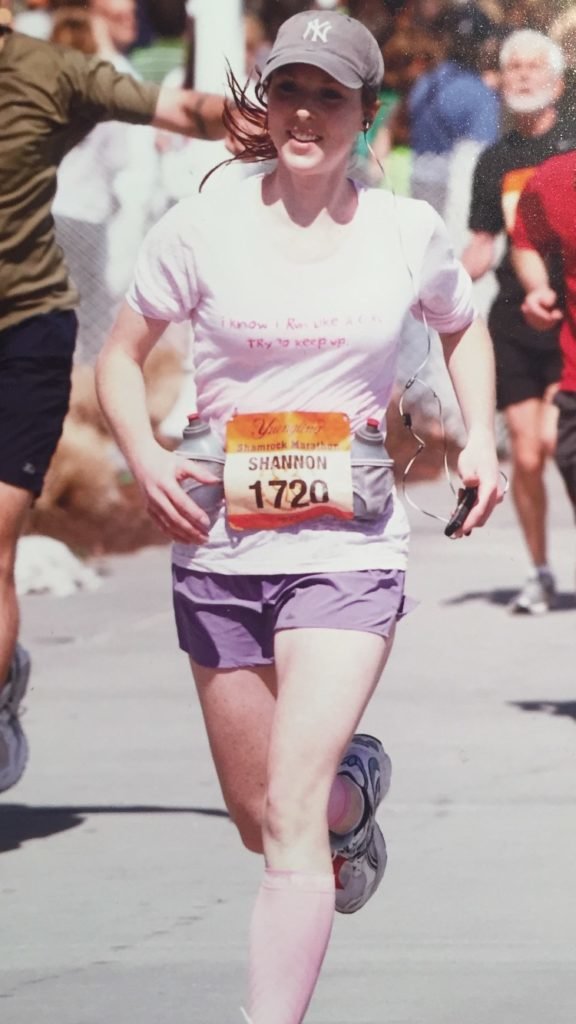
He was there to welcome her to the troop after she was permanently assigned to Navy Special Warfare Support Activity 2 in Norfolk, Virginia, where she worked side by side with East Coast-based Navy SEALs. The SEALs were initially hesitant, not just because she was a female but because non-SEAL support in general was a new thing during that time.
“Every day after work, I would see her heading out with a faded New York Yankees hat, brown T-shirt, black shorts, and earbuds in to go for a run,” Joey recalled, noting that although she had an alpha personality, she was still quiet and humble. “She was just as comfortable at a Dropkick Murphys concert as she was studying in a classroom.”
It wasn’t long before she gained the respect and trust of the SEALs. “Her professionalism and knowledge of tradecraft got her noticed,” said Joey. “She wasn’t afraid to step up; she had that A-type personality.”
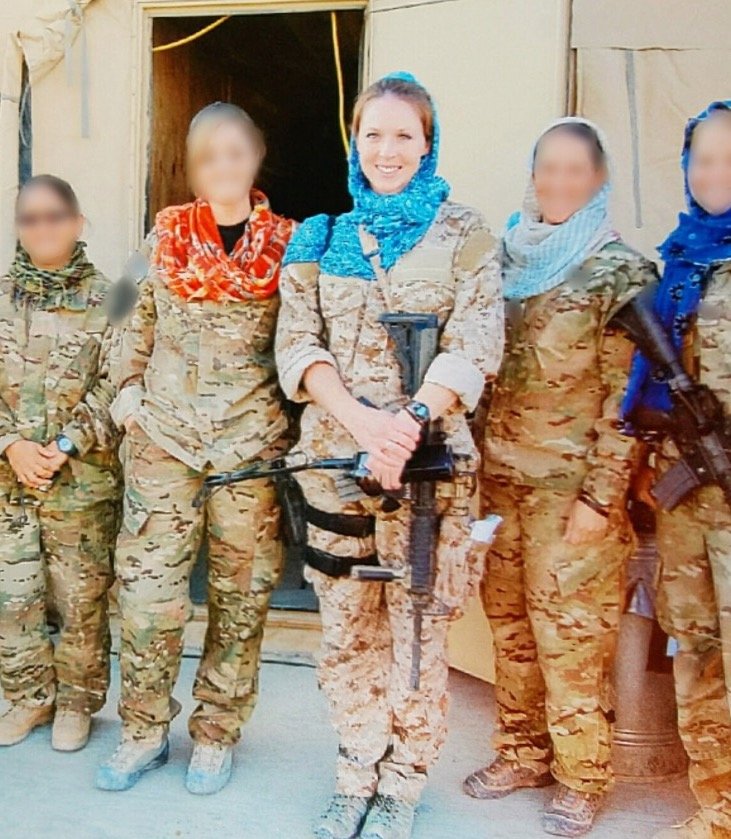
Joey went with her on the next deployment to Iraq in 2009. This time, she was assigned to Baghdad as a member of a special operations task force, where she carved out a niche for herself by fusing language, human intelligence, and signal intelligence on the battlefield. She worked in “nontraditional roles,” according to award citations, making a real impact on the war effort.
“They capitalized on her ability to get along with anyone in the room,” Joey said, adding that she again returned to work with the Mohawks. “You immediately felt comfortable around her, and she used that to her advantage.”
Despite the credibility she gained on her first deployment in Iraq, she often found herself starting from square one when she went to a new task force. According to her husband, she often said that she wished she could go through a beret- or tab-producing selection course just so that she could have the instant credibility, allowing her to forgo the “prove it” period and get right down to business.

Nevertheless, she consistently “proved it” and rose through the Navy’s ranks, gaining more responsibility in special operations. And although she never earned a trident or green beret, she did go through a variety of courses that are typically only associated with high-level special operators. For example, she attended the Jerry Barnhart tactical marksmanship program, which produces some of the best shooters in special operations, and the Team O’Neil Tactical Mobility Training course, which trains operators to drive in any condition and to get out of any situation.
Joey knew that she wasn’t satisfied with Support Activity 2, not when she knew there was another rung on the ladder. “She had a very clear path in her head on what the next challenge would be,” he said. “She always had this mindset of ‘what’s the next big thing I can chase down?’”
For Kent, that thing was attending the selection course for a special missions unit in 2013. But there would be no beret, no tab, not even a badge for making it into this outfit. When a Ranger, SEAL, or Green Beret makes it through this selection, they are rarely heard from again back at their old unit. These operators are the stuff of legend, only spoken about in whispers throughout the special operations community. Some say they work alone, under deep cover, and perform only the most dangerous missions — but unless you’ve served there, you’re just guessing.
She was outperforming men who came from very elite units and, in some cases, helping them through some of the events — which was a real blow to many egos.
It should go without saying that there are no male/female standards in this selection. According to Kent’s Navy Evaluation Report & Counseling Record for that time period, she was trained in “technical skills, advanced medical training, mission planning, tradecraft and high risk environment training.” If that sounds vague, it is — you either have what it takes or you don’t. And nobody knows exactly what the unit is looking for. The ruck weighs what the ruck weighs, as they say.
Ali Hassoon was no longer working in Baghdad. He had immigrated to the United States and joined the Army as a linguist. He found himself side by side in selection with the famed American redhead he had heard about all those years ago.
“She broke a lot of hearts,” Hassoon said. She was outperforming men who came from very elite units and, in some cases, helping them through some of the events — which was a real blow to many egos. Hassoon recalled how he was challenged by some of the swimming tests: “She took time to work with me, to make sure that I was prepared. She didn’t have to do that.”
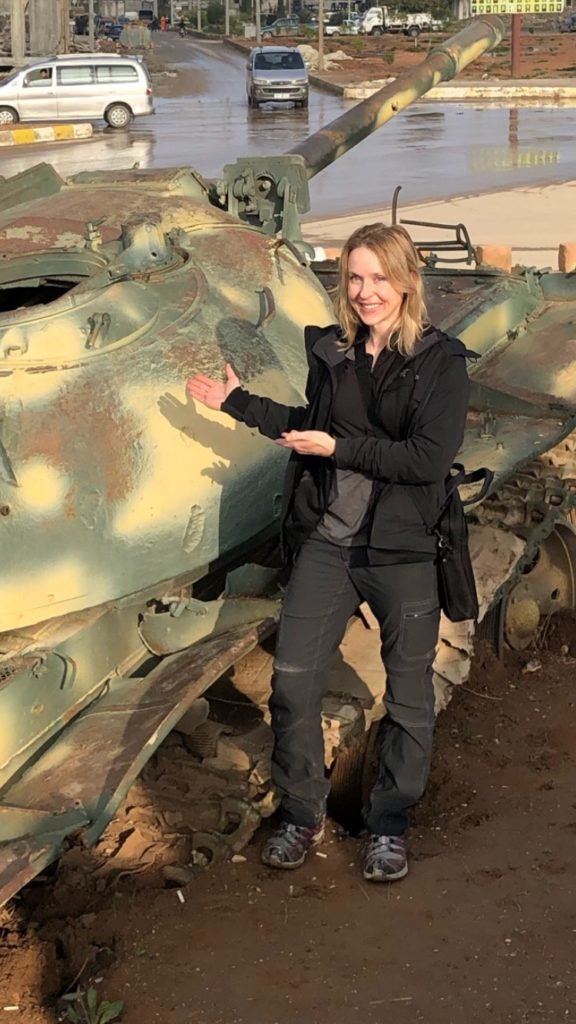
Indeed, her positivity, humility, and humor in even the most difficult of training events made her shine above the rest. Coffee or Die spoke with the unit’s current senior enlisted adviser, who oversaw the course and requested that his name not be used.
“She’s the only person I have ever seen go through that selection and know without a doubt that they were the right person for the job,” he said. “It’s as if it wasn’t even a challenge for her.”
Attending a selection for a special missions unit puts you in the company of a lot of high-caliber people. Joe Kent was one of them. Joe has the confidence of an Army Ranger-turned-Green Beret but the laid-back demeanor of someone raised in the Pacific Northwest. His curly hair and runner’s build first caught Shannon’s attention as they made eye contact while she was backing her truck into a parking space, which resulted in her denting another vehicle.
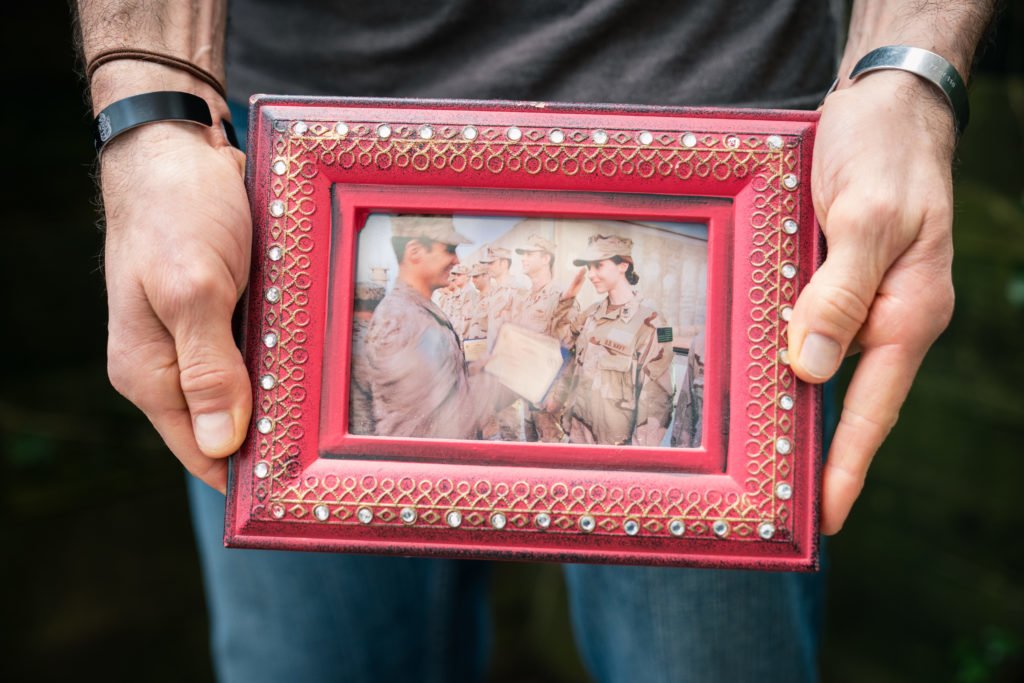
“She sorta just looked at me, looked at the car, and shrugged,” Joe recalled, with a laugh. “I was like, ‘All right, this chick’s pretty cool.’” A mutual friend, also an Arab linguist, formally introduced them shortly after.
As a new couple, they were very busy during their year of training to get into the unit but were fortunately in several blocks of instruction together. Dates were hard to come by, but they made it work as often as they could.
Their first date happened while in a training course in northern Virginia. Shannon had left something important in Baltimore that she needed for the next day of training, so their mutual friend suggested that Joe drive her back.

Conversation, as with many new couples, revolved around things they had in common. Unlike most couples, that thing was war. More specifically, running special operations in Iraq.
“We had a common theme with both of us, in that we both spent a lot of time in Iraq,” Joe said. “I had heard of her from some of the Iraqi special forces guys I worked with … her reputation preceded her.”
They grabbed dinner afterward, and “it got serious quick,” Joe said.
Before long, they had successfully completed their training and had transitioned into their new unit, essentially living as a real-life “Mr. and Mrs. Smith.”

The two married in 2014 — on Christmas Eve — and with Shannon already in her 30s, starting a family as soon as possible was on the agenda. “At first I was like, ‘I don’t wanna have kids, I’m gonna deploy forever,’” Joe said. “And then Shannon was like, ‘Well, that’s pretty fuckin’ stupid,’ and I was like, ‘Yeah, you’re probably right.’”
With both of them frequently gone, it was difficult to find the time. But before long, their first son, Colt, was on the way.
“She did a dead sprint to finish her bachelor’s while pregnant with our first son,” Joe said. By the time they had their second son, she had earned her master’s degree in psychology.
For a period of time, Shannon Kent was simultaneously attending college at a high level, working full time at one of the most elite special operations units in the world, and either pregnant or pregnant while raising an infant (depending on time frame). This was an incredible balancing act, often performed by herself because of Joe’s frequent deployments (although her sister, Mariah, was often in the picture as a live-in nanny after finishing college).
She also moved into a new house by herself (twice) to accommodate their growing family.
However, work and parenting didn’t distract from her other passions. Shannon ran multiple marathons with sub-4-hour times and even completed a Tough Mudder race while seven months pregnant. In addition to being highly intelligent, she was also artistic — her home is filled with massive, ornate mosaics that she worked on at all hours of the night. Outside, she grew and maintained a beautiful garden.

If you’re wondering if she was allotted the same 24 hours in a day, seven days a week as the rest of us — you’re not alone. “She was a very organized person,” Joe said. “And she would do all the planning in her head.”
As impressive as that all is, life wasn’t without its setbacks.
Joe often called home to check in on Shannon and the kids while deployed. During one of Joe’s deployments in 2016, Shannon sent him a message that was unlike anything he had received before: a picture of her in the hospital, just after going under the knife to remove cancer from her thyroid. Joe asked if he should get home, but Shannon insisted it wasn’t a big deal and that she could take care of it.
The cancer was removed in one surgery, and she was back to work within a day or two without missing a beat.

Shannon’s relentless positivity and enduring lightheartedness transcended every aspect of her life, no matter what challenge was presented. She didn’t see any obstacle as anything more than a problem that needed to be solved — and nothing was unsolvable in her eyes.
By the time she was working on her master’s degree, she had decided her future included becoming a doctor of psychology. This would allow her to be a mother while still contributing to the fight in a few very specific ways that only someone who had an intelligence background in addition to their Ph.D. could apply for, or go into helping fellow veterans who were struggling with PTSD.

The Navy had a highly competitive clinical psychology Ph.D. program that would involve Shannon becoming an officer and being accepted into a doctorate program simultaneously. One could not happen without the other, and the program only accepts 10 people per year because the Navy essentially pays you to get your Ph.D.
Shannon was pregnant at the time but studied with fervor and even put in extra work to overcome her shortfalls in the math section of the Graduate Record Examination General Test. When the time came, she “squeezed into her dress uniform” for an interview with the doctors on the program’s admissions board. At the conclusion of the interview, they informed her that they would let her know within 30 days whether or not she was accepted.
The call came two days later: She had been officially accepted. They were excited to have her because of her unique background. It seemed that Shannon Kent had done it again, inevitably adding yet another impressive chapter to her life.
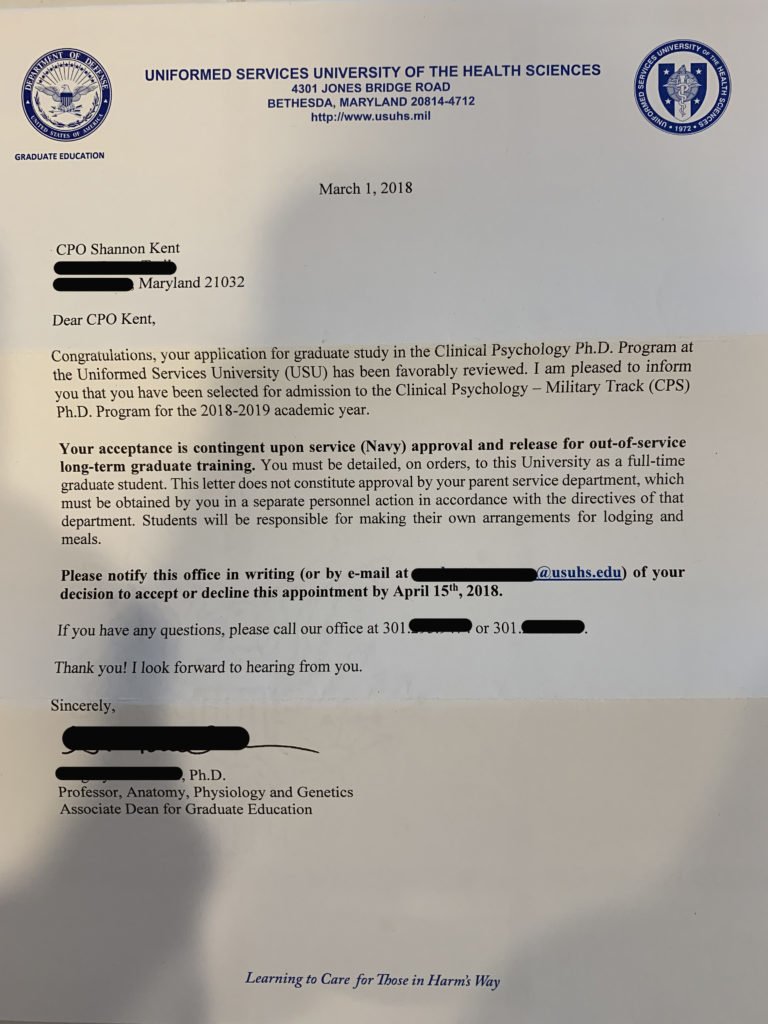
But within the month, “Big Navy” informed her that they actually couldn’t commission her as an officer. Her previous cancer diagnosis made her ineligible according to medical regulations for new officers, even though she had never even been put on a temporary profile for the condition. “The officer accessions recruiters never brought up her medical stuff; technically, they should have never even let her apply,” Joe said.
Shannon was a Chief’s Chief though, which meant she wasn’t going to stand idly by while something was broken.
“She was like, ‘I’m not just gonna complain about this regulation, this regulation is stupid and I’m gonna fight it,’” Joe recalled. It wasn’t just about her at this point — there were likely other sailors who had been affected by this regulation. She was right.
Shannon initially ran her concerns up the Navy’s chain of command with no indication that she was being taken seriously. So she turned to the US Congress.
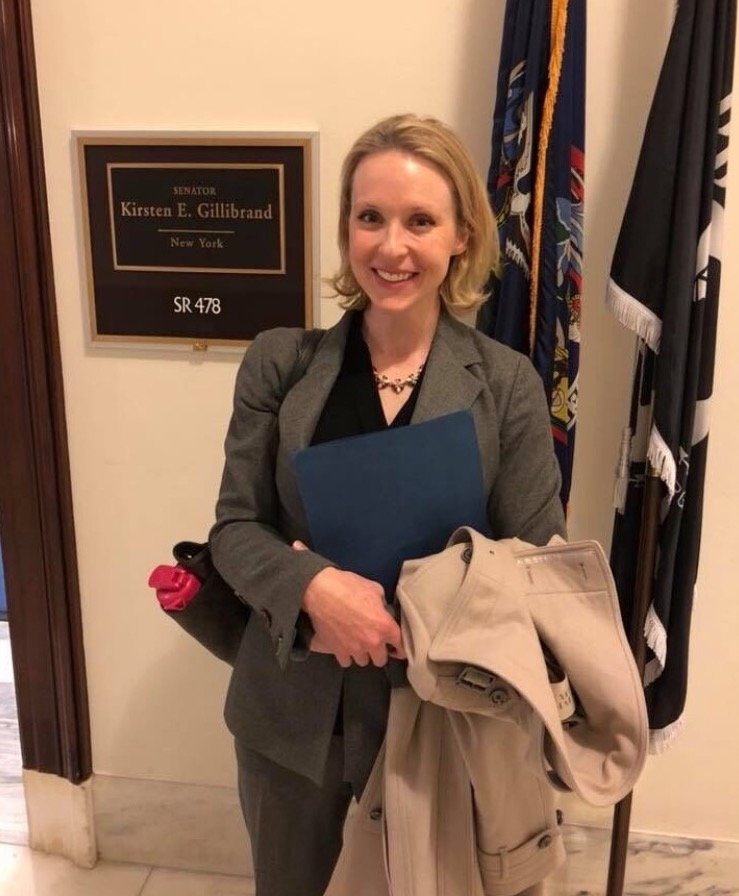
Shannon put on her best pantsuit and paid a visit to every New York and Maryland senator and congressman she could find, along with a few more who had seats on the Armed Services committees. “She gained a good deal of traction by doing that,” Joe said. In fact, Rep. Walter Jones, R-NC, even sent a letter to the secretary of the Navy urging him to look into the matter. A few informal processes were put in place as a result, but no permanent changes to the regulations were made.
Shannon was as thorough in her approach to Congress as she was in combat, writing letters in both “military speak” as well as “civilian” so that anyone could understand the changes she was proposing. She even wrote an op-ed that was titled “If You’re Fit for Combat, Why Aren’t You Fit To Be an Officer in the Navy?”
Indeed, she was fit for combat. Her unit’s next rotation to Iraq and Syria was approaching, and since she was no longer being accepted into the clinical psychology program, she would be going with them. Although it’s true that had her commission been approved, she wouldn’t have gone on her final deployment, it should be noted that she wasn’t “forced” to deploy in lieu of commissioning. The elite unit she was a member of was an all-volunteer force. If she didn’t want to go, all she had to do was say the word.
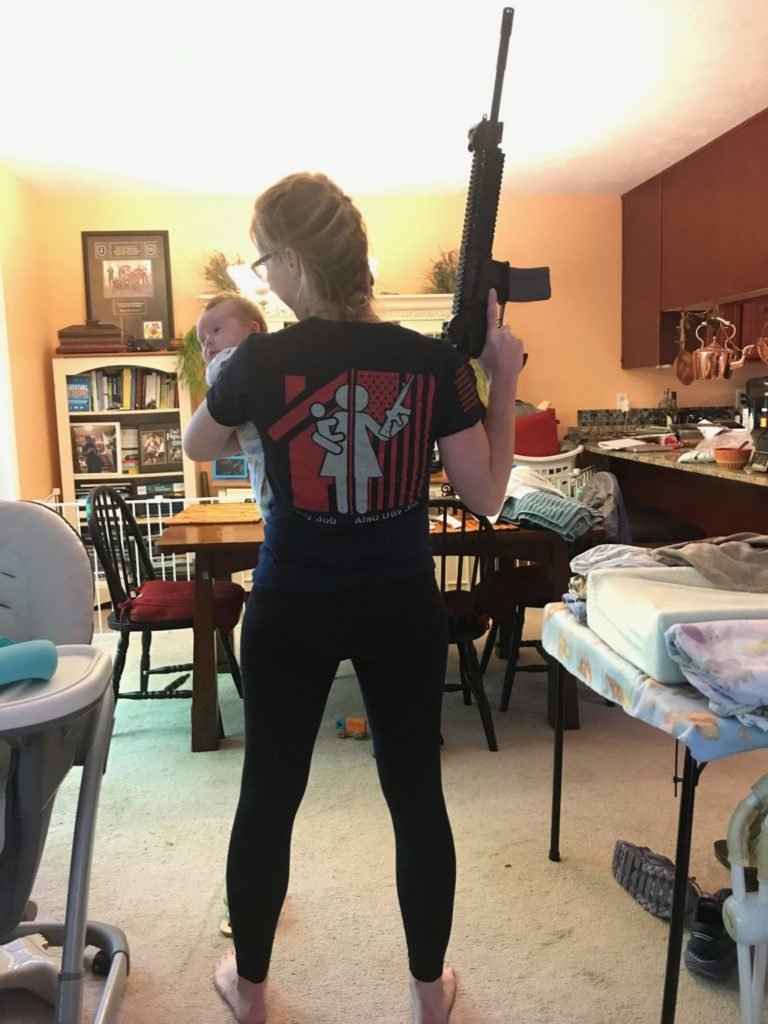
But that’s not Shannon. She was, after all, a warrior first and foremost, trained and ready to hunt down the most evil people on the planet. And, damn it, she was good at it.
Joe Kent was retiring from the Army, their boys (1 and 3 years old) were healthy, and she had taken the regulation change as far as she could for the time being. It was now time for Shannon Kent to head over for the latest iteration of Operation Inherent Resolve. ISIS had largely been dismantled in the region but pockets of resistance still fought in vain to preserve the caliphate.
Shannon’s job was to hunt them down. That’s what she did up to and including the day she made the ultimate sacrifice.
Her time with the special missions unit is a period of Shannon’s career that simply can’t be talked about in detail. What we know comes from her award citations. Senior Chief Petty Officer Kent received the Defense Meritorious Service Medal for expertly leading “a joint-service special mission detachment that was responsible for planning and executing sensitive technical operations in combat zones and strategic locations across four theatres of operations. Specifically, Chief Kent prepared personnel for deploying in support of Operations Inherent Resolve and Enduring Freedom-Horn of Africa in defense of our nation, which resulted in the capture or kill of over 500 enemy combatants.”

The citation goes on to say that she spearheaded a partnership with the FBI, expanded the capabilities of a sensitive joint program, and introduced a new capability to the National Security Agency that closed a crucial mission gap. Her Bronze Star citation, however, probably best sums up her achievements: “Her achievements will have a lasting impact in combating enemies of the United States.”
In total, Kent answered her nation’s call and deployed in harm’s way a total of eight times.
A month after her death, US-backed Kurdish forces arrested five members of ISIS who were believed to be involved in the January attack that resulted in Kent’s and three other Americans’ deaths.

A thousand sailors, hundreds of other service members, dozens of New York state police officers, and many family and friends filled the pews at the Naval Academy’s chapel in Annapolis, Maryland, in memory of Senior Chief Petty Officer Shannon Kent. Having her memorial service at the academy’s chapel was a big deal: She is the first enlisted sailor in US Navy history to be allowed the honor. In fact, the last person to have their memorial there was the late Sen. John McCain.
Only a chief may wear the Navy’s khaki uniform. For Kent, it was a “sea of khaki” — just what she would have wanted.
Many of her teammates, most of whom will remain nameless due to the sensitive nature of their work, bravely stood up to speak to the massive crowd, hoping to shed light on the kind of person Kent was. Her senior leaders spoke of her prowess as an intelligence professional and praised her leadership as a chief.

“For the CT community, we do not often think of ourselves as a front-line force. We are the nerds who toil away diligently to enable the fight,” one sailor said while speaking at the podium. “We would not be here today if this was true.”
Another spoke of the time he was missing his daughter’s third birthday because of a training event — the second in a row he had been gone for. Kent sat down to talk with him for a while before getting up to leave. “When she came back around the corner, she was holding a paper plate with an MRE birthday cake. It was made from pound cake, strawberry shake drink powder, and three matches stuck in it for candles … she stood there with this cake, and sang ‘Happy Birthday’ for my little girl.”
Through tears, the sailor continued, sharing how Kent told him that he gave his daughter what every little girl wants for her birthday: “A father to be proud of.”

Despite the passionate recounting of Kent’s life by her friends and teammates, it was palpable that words alone could not do justice to the essence of her soul. But maybe telling her stories will shed just enough light on one of the greatest women to ever wear her nation’s uniform.
Her legacy is cemented either way. Just days before her memorial service in Annapolis, the Navy officially amended the regulation that Kent had fought so hard to change in the wake of her commission being denied. The change was named in her honor, and there have already been sailors who have been approved to commission because of it.

Joe Kent has spent two decades serving in elite units across the US Army. Now, just months after retiring, he joins a small group of Gold Star husbands. He’s charged with figuring out what the future looks like without his wife and best friend by his side, transitioning into life as a civilian, as well as life as a single father. It seems like a lot to take on at once, but then again, he has Shannon’s example to look to for inspiration.
He’s also taken on the mission of keeping Shannon’s memory alive for his two sons.
“If it were me, they’d be saying ‘Until Valhalla, brother’ and talking about how I went out doing what I loved, how I died fighting. But with Shannon, there’s this tendency to see her as a woman and mother first, a warrior second,” Joe said, explaining how he must balance mourning the death of his wife with remembering a fallen warrior. “Shannon was a warrior first, and she’d want to be remembered as such.”

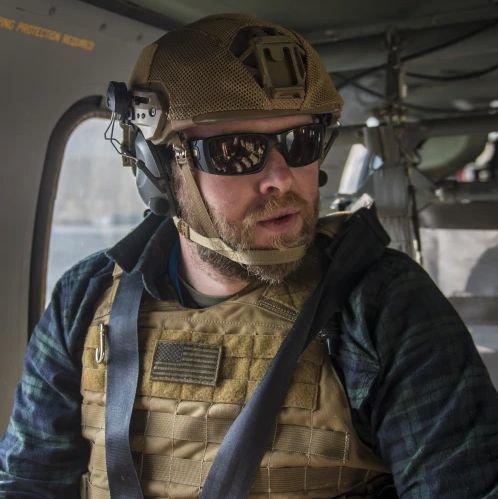
Marty Skovlund Jr. was the executive editor of Coffee or Die. As a journalist, Marty has covered the Standing Rock protest in North Dakota, embedded with American special operation forces in Afghanistan, and broken stories about the first females to make it through infantry training and Ranger selection. He has also published two books, appeared as a co-host on History Channel’s JFK Declassified, and produced multiple award-winning independent films.
BRCC and Bad Moon Print Press team up for an exclusive, limited-edition T-shirt design!
BRCC partners with Team Room Design for an exclusive T-shirt release!
Thirty Seconds Out has partnered with BRCC for an exclusive shirt design invoking the God of Winter.
Lucas O'Hara of Grizzly Forge has teamed up with BRCC for a badass, exclusive Shirt Club T-shirt design featuring his most popular knife and tiomahawk.
Coffee or Die sits down with one of the graphic designers behind Black Rifle Coffee's signature look and vibe.
Biden will award the Medal of Honor to a Vietnam War Army helicopter pilot who risked his life to save a reconnaissance team from almost certain death.
Ever wonder how much Jack Mandaville would f*ck sh*t up if he went back in time? The American Revolution didn't even see him coming.
A nearly 200-year-old West Point time capsule that at first appeared to yield little more than dust contains hidden treasure, the US Military Academy said.












